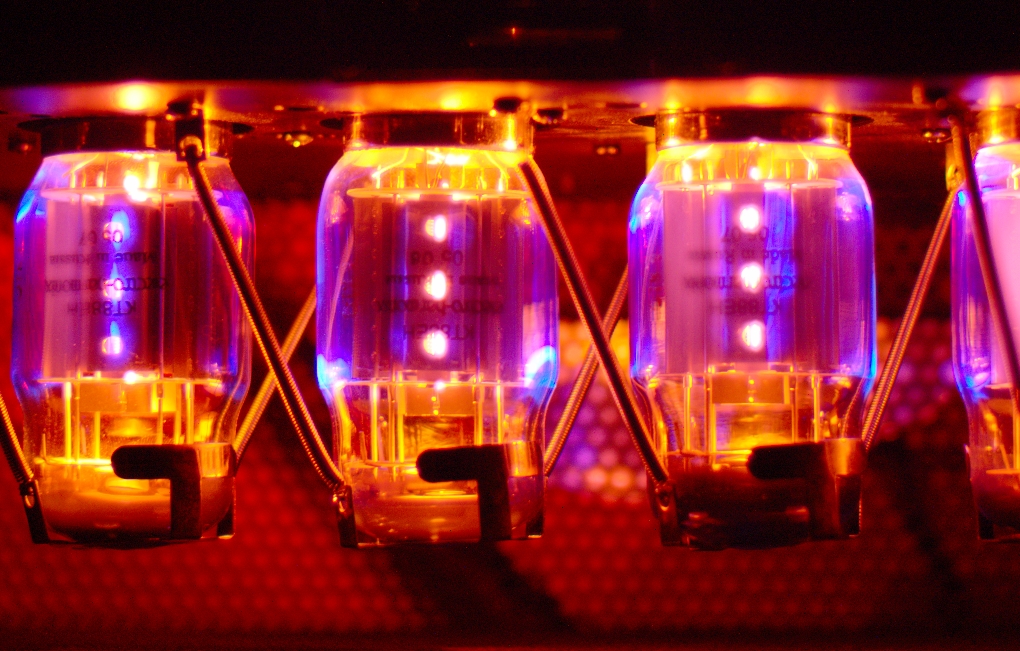guitardoc
Experienced
I compared to a 'modern' AC30TB with blue bulldogs. Top boost channel. Voicing selector on the back set to 'modern'. Hi cut set to zero, bass and treble at noon, gain at noon, master all the way up. Earplugs in (it's one of the loudest amps I've ever come across). Tele with cool rails pickups (the green one with the beautiful birds eye neck and the battered body - you might remember... ;-)) with high end summer cable 0,75 mm^2 into the amp.
Vs.
AC30TB block bypass double clicked and nothing changed into matrix into the same blue bulldogs. Same guitar, same guitar cable, summer cable 0,75 mm^2 to matrix and to speakers.
Matrix bridged and full throttle and clockwise with the Axe's volume taper until the same volume was reached (measured with iPhone dB meter) which was nearly all the way. Couldn't achieve the same volume with matrix unbridged (maybe possible with upping the volume in the amp block which I didn't touch).
The voicing is nearly spot on (the model is really excellent) but that was to be expected with the quality of the AxeFx and the speakers as the single most sound shaping components being exactly the same. Differences are presumably due to the different amp that was used for the modelling process. Only snag was that strange artificial high frequency hiss mentioned earlier and the significantly earlier dying of the sound.
FW12.03beta5.
Vs.
AC30TB block bypass double clicked and nothing changed into matrix into the same blue bulldogs. Same guitar, same guitar cable, summer cable 0,75 mm^2 to matrix and to speakers.
Matrix bridged and full throttle and clockwise with the Axe's volume taper until the same volume was reached (measured with iPhone dB meter) which was nearly all the way. Couldn't achieve the same volume with matrix unbridged (maybe possible with upping the volume in the amp block which I didn't touch).
The voicing is nearly spot on (the model is really excellent) but that was to be expected with the quality of the AxeFx and the speakers as the single most sound shaping components being exactly the same. Differences are presumably due to the different amp that was used for the modelling process. Only snag was that strange artificial high frequency hiss mentioned earlier and the significantly earlier dying of the sound.
FW12.03beta5.

